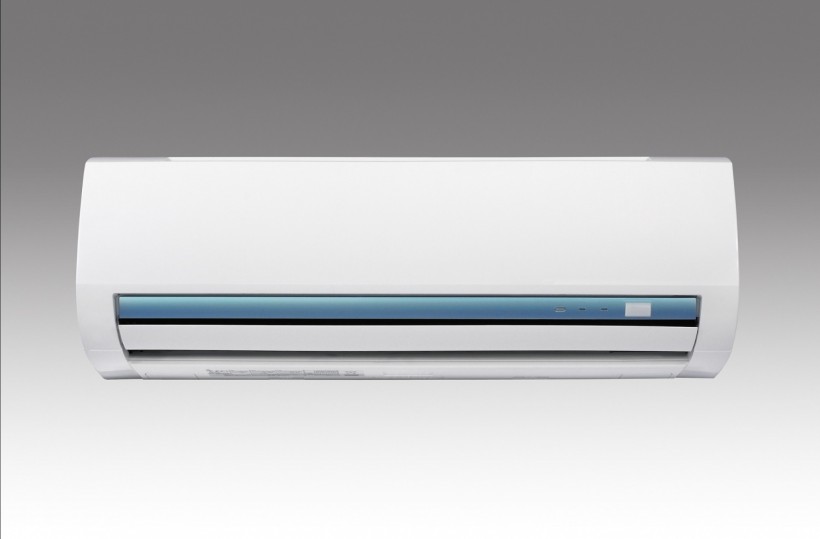Finding who has done it may one day be as easy as drawing them from thin air. But how?
A new study unveiled a new method that can detect airborne forensic DNA evidence at crime scenes devoid of fingerprints and other traces

(Photo: Lucio Alfonsi from Pixabay)
Finding Who Done It From Thin Air
Led by forensic science experts at Flinders University, the study investigates the viability of this new technique using standard air-conditioning units and portable air collection devices commonly employed to monitor airborne viruses like COVID-19 in various settings.
According to Emily Bibbo, a Ph.D. candidate at Flinders University, human DNA can become airborne through activities such as speaking, breathing, shedding skin cells, or becoming aerosolized from surfaces.
This could potentially provide evidence of a person's presence even if attempts have been made to eradicate other clues.
"Human DNA can be found in the air after people have spoken or breathed (via saliva droplets), shed skin cells, or dislodged and aerosolised from surfaces and collected for DNA analysis," Bibbo said in a news release.
"We may be able to use this as evidence to prove if someone has been in the room, even if they wore gloves or wiped surfaces clean to remove the evidence."
While trace DNA, composed of just a few human cells, is routinely utilized in criminal investigations, its success rates remain modest, according to the researchers.
However, emerging technologies are opening up new avenues for evidence collection, including the emerging field of environmental DNA (eDNA) found in solid surfaces, soil, water, and air.
The pilot study, conducted in collaboration with international experts, focused on investigating air-conditioner units that circulate air around a room and different types of filters to assess their effectiveness in collecting DNA.
Read Also: Ancient DNA Shows Syphilis-Like Diseases Were Widespread in Americas Before Columbus' Arrival
DNA in the Air
Dr. Mariya Goray, a Senior Lecturer in Forensic Science at Flinders University, emphasizes the potential of these new methods to identify both regular occupants of a room and occasional visitors, suggesting that even individuals with forensic awareness are unlikely to eliminate their DNA from the environment completely.
The study compared results from samples taken from air-conditioners in various settings at different intervals after cleaning. It also examined the ability to collect human DNA from the air in rooms with and without occupants, using different collection filters.
Findings from the research indicate that human DNA can be retrieved from the surfaces of air conditioner units and the surrounding air. Air samples typically reflect recent occupancy, while previous occupants of the room are more commonly detected in air conditioners.
Although the collection of DNA from air in various settings shows potential with some refinement, the researchers advise further investigations to ascertain the optimal placement of air collection devices and the suitable timing post-crime to conduct tests and obtain relevant DNA, should it be available.
The study findings were published in the journal Electrophoresis.
Related Article: New DNA Tech Uses Cat Hair to Catch Criminals, Solve Crimes






